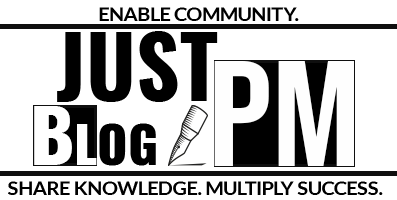At the heart of successful project management lies a robust procurement process. While seemingly linear, this process is rife with overlaps and interactions, making it a dynamic and intricate aspect of project management. For clarity, segmenting this continuum into four distinct phases is beneficial.
Crucial Aspects:
- Plan Procurements:
- Objective: Establish a blueprint detailing purchase needs, item specifications, procurement strategies, and potential sellers.
- Inputs: Project scope baseline, requirements document, risk register, teaming agreements, and more.
- Tools & Techniques: Decisions on making or buying, expert judgments, and contract selection.
- Outputs: Procurement management plan, Statement of Work (SOW), procurement documents, and change requests.
- Conduct Procurements:
- Objective: Operationalize the procurement plan by distributing RFPs, eliciting vendor responses, and finalizing a supplier.
- Methods: Vendor conferences, RFP distribution, proposal evaluations, negotiations, and risk-mitigating strategies like splitting orders among suppliers.
- Administer Procurements:
- Objective: Oversee the contract’s execution, ensuring timely delivery and adherence to stipulated terms.
- Focus: While buyers emphasize contract fulfillment, sellers prioritize their legal rights. Project managers must be cognizant of these contractual nuances to make informed procurement decisions.
- Close Procurements:
- Objective: Conclude the procurement process, ensuring all deliverables meet the requisite standards.
- Activities: Contract closure, addressing outstanding claims, and navigating potential arbitration or litigation scenarios. Contracts often incorporate early termination clauses to facilitate a structured conclusion.
Summary:
Procurement Management is more than a sequence of actions; it’s a holistic approach that intertwines planning, execution, monitoring, and closure. For project managers, a deep understanding of these intricacies is pivotal, ensuring that projects meet their objectives and add value to all stakeholders involved.


